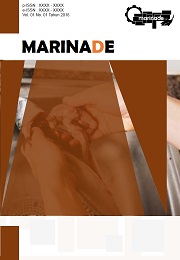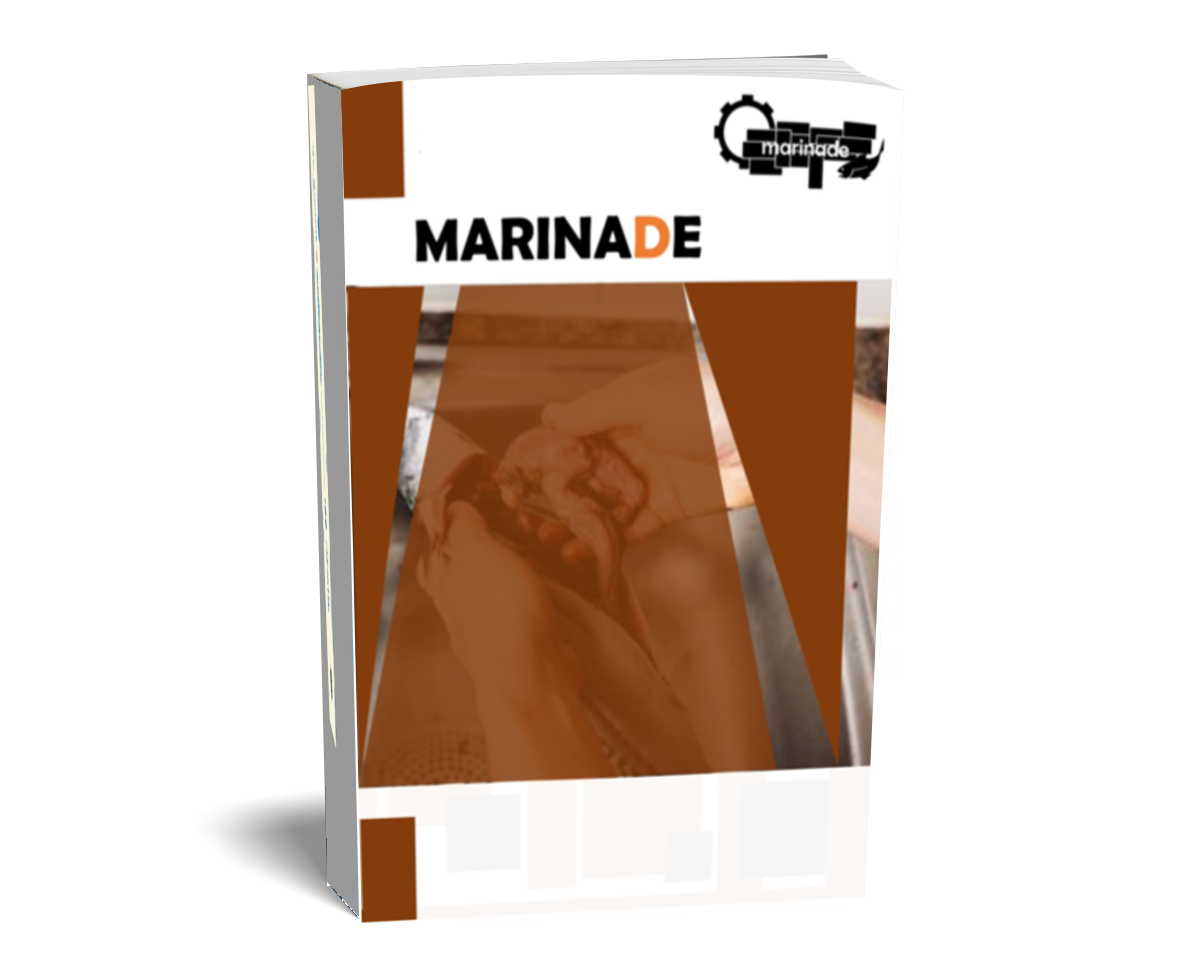Total Volatile Base, Glycogen, Cathepsin, and Water Holding Capacity of Tilapia (Oreochromis niloticus) on Deteoritation Phase
DOI:
https://doi.org/10.31629/marinade.v1i01.829Keywords:
Cathepsin, Glycogen, Tilapia, Total Volatile Base, Water Holding CapacityAbstract
Fish was a highly perishable product. The deterioration of fish quality was followed by modification of biochemical components. These Biochemical components include a total volatile base, glycogen, cathepsin activity, and water holding capacity. The objective of this study was to determine the changes of biochemical components in fish deterioration quality. The highest TVB value showed on post rigor phase (38,40 mg N/100 g). The highest glycogen content showed on pre-rigor phase (765,1707 mg/ml). The decreasing of cathepsin activity showed on rigor mortis until post rigor phase, 0,0285 U/ml to 0,0095 U/ml. The ability fresh fish to retain water (76,39%) from total moisture content (76,89%).
Downloads
Downloads
Published
Issue
Section
License
You are free to:
- Share — copy and redistribute the material in any medium or format for any purpose, even commercially.
- Adapt — remix, transform, and build upon the material for any purpose, even commercially.
- The licensor cannot revoke these freedoms as long as you follow the license terms.
Under the following terms:
- Attribution — You must give appropriate credit, provide a link to the license, and indicate if changes were made . You may do so in any reasonable manner, but not in any way that suggests the licensor endorses you or your use.
- ShareAlike — If you remix, transform, or build upon the material, you must distribute your contributions under the same license as the original.
- No additional restrictions — You may not apply legal terms or technological measures that legally restrict others from doing anything the license permits.













